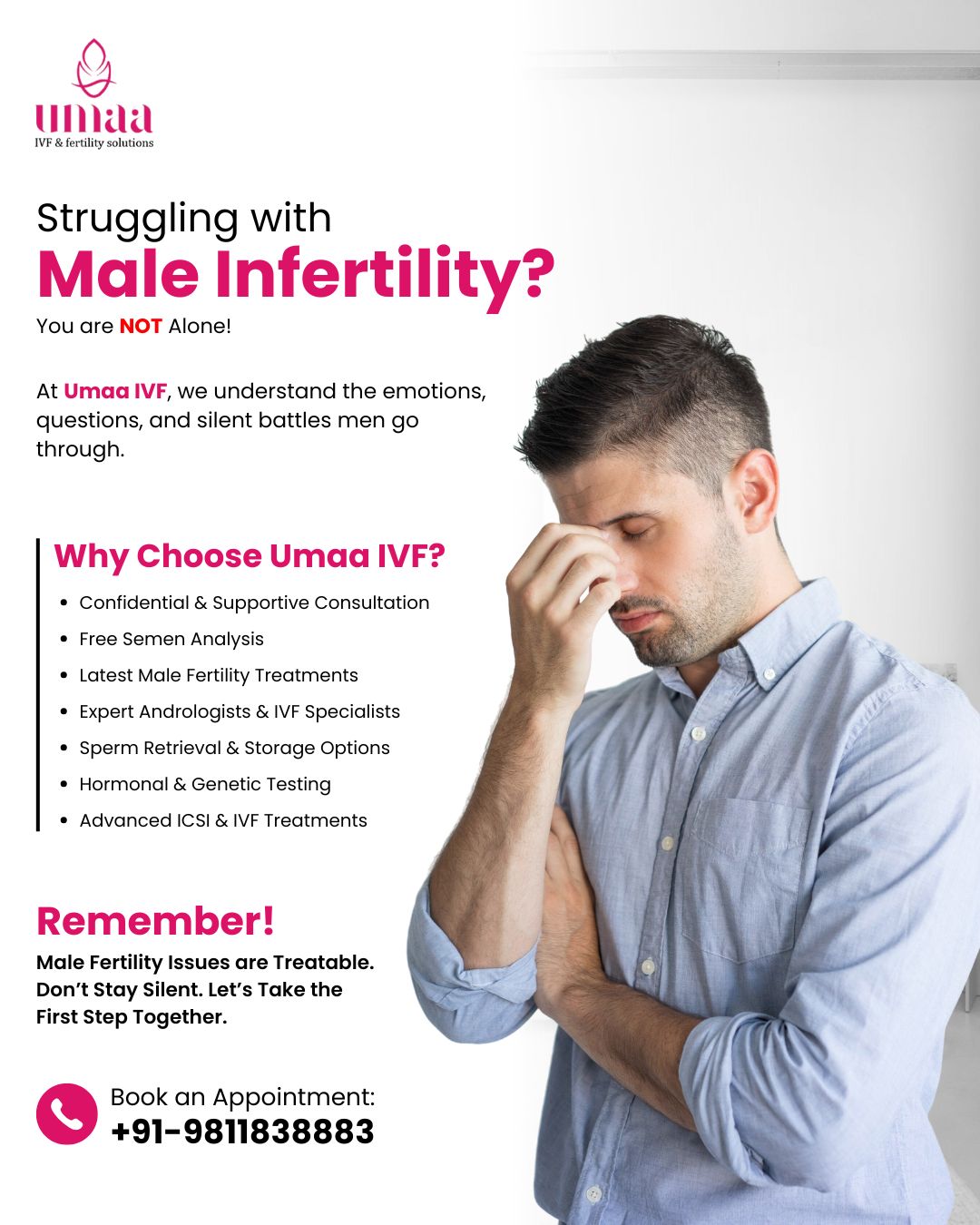
Infertility is a common issue affecting individuals and couples worldwide. Here's a comprehensive overview:
Definition: Infertility is the inability to conceive after one year of regular, unprotected intercourse or the inability to carry a pregnancy to term.









I wasn’t sure if I could truly summarize our journey with Uma in just a few sentences — but I’ll try.
My husband and I have visited many maternity centers over the past few years and consulted several gynecologists. For one reason or another, things just didn’t work out. Then, fate led us to Uma.
While the entire team at the center has been incredibly supportive and kind, I want to especially acknowledge three people who have played a pivotal role in our journey.
First and foremost, our relationship manager, Amandeep Kour, who has quite literally walked this journey with us. She has been a constant pillar of strength, helping us navigate some of the toughest days. Her guidance and moral support have been invaluable, and I truly cannot thank her enough.
Secondly, I want to express my gratitude to Anisha Agarwal, an exceptionally gifted Lead Embryologist, whose expertise and care gave us renewed hope when we needed it most.
And then there is Dr. Ratna Saxena — someone truly remarkable. I’ve visited many maternity centers over the years, but never have I met a founder so personally invested in her patients. Her warm smile, positive spirit, and incredible attention to detail make it clear that she is not just a brilliant gynecologist, but a genuinely compassionate human being.
3 months ago